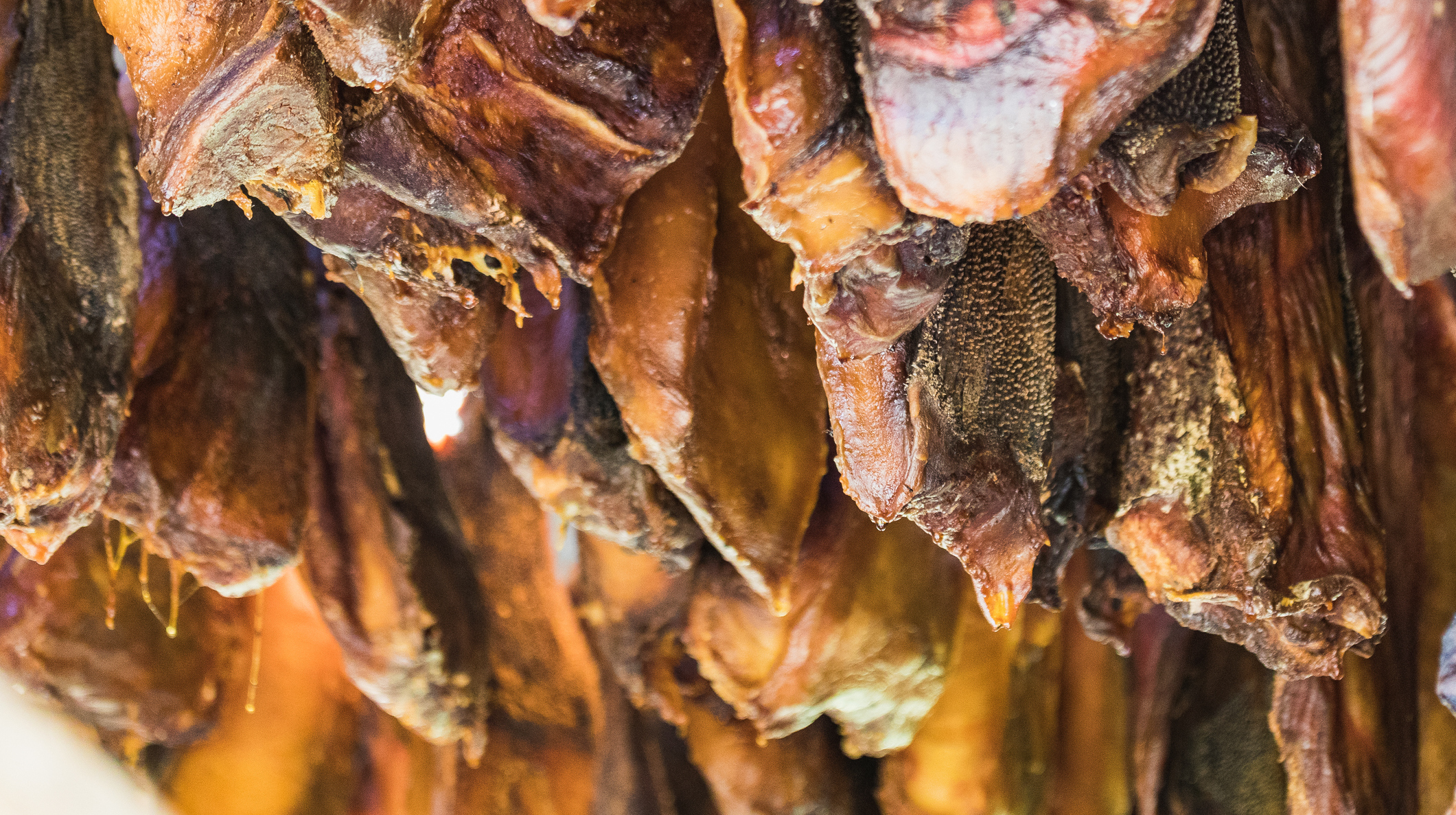Sweden's Disgusting Food Museum Hopes To Make A Gross Profit
Museums aren't just for art or dinosaurs anymore. We have museums of ice cream, pizza, SPAM, beer cans, sex, and surgical science. Now add to that list the Disgusting Food Museum, set to open in Malmö, Sweden on October 31. For the admission fee of about $20.50 USD, visitors can gaze at "80 of the world's most disgusting foods," including roasted guinea pigs from Peru (cuy), maggot-infested cheese from Sardinia (casu marzu), and fermented herring from Sweden (surstömming). My first thought: Who the heck decides what food is labelled "disgusting?"
Yeah, I'm not lining up to eat maggot-infested cheese, probably, but that's a cultural construct. Growing up, my family was friends with our parish priest, who was from Nigeria. We had him over for meals often, and he'd insist on us preparing his steak or chicken well-done—actually, past well-done. He wanted it to resemble a charcoal briquette. He was apologetic, but explained that anything less than desiccated meat was totally gross to him. Then when my parents visited him at the rectory for a home-cooked meal, he served soup with whole fish heads and snails floating in it. They ate it, because Catholic guilt/manners, but it clearly illustrated that the food we consider "disgusting" is a product of social norms. Who's to say?
This Swedish museum, apparently. What's weird to me is that the museum professes cultural relativity on its website: "Disgust is one of the six fundamental human emotions. While the emotion is universal, the foods that we find disgusting are not. What is delicious to one person can be revolting to another. Disgusting Food Museum invites visitors to explore the world of food and challenge their notions of what is and what isn't edible."
Does it though? Or does it cement our distrust of otherness and reinforce our own culture's superiority? Perhaps calling it the Adventurous Food Museum or even Foreign Food Museum would be an improvement? The museum's website states it will offer group team-building activities like "Taste One For The Team" in which you can "challenge your colleagues or friends to a unique tasting that no one will ever be able to forget." Treating this food like a stunt or a dare—whoa, would you eat it?—reinforces the ick factor of the foods on display.
Obviously, Disgusting Food Museum is a title that's intended to shock and get visitors through the door. But it's sad to see other cultures' food traditions treated like a circus sideshow or a stunt on Ripley's Believe It Or Not. I hold a small glimmer of hope, though, that the way the museum's foods are exhibited treats them with reverence rather than revulsion, but again, that is but a small glimmer.
